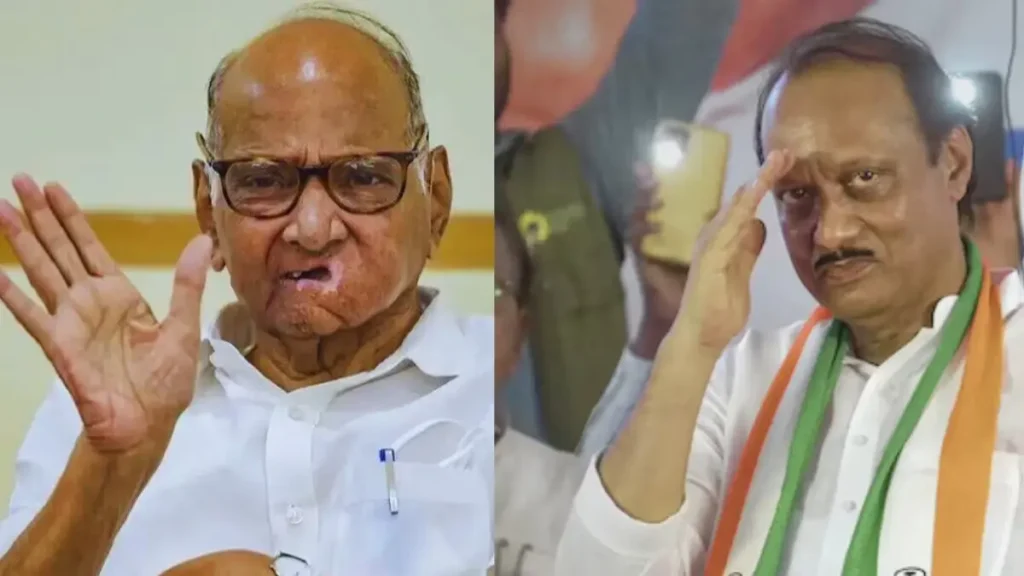
In a significant political development, veteran politician Sharad Pawar has delivered a major blow to his nephew, Ajit Pawar, as several leaders from the Nationalist Congress Party (NCP) have switched allegiance to the newly formed NCP (SP) faction. This shift comes just ahead of the crucial Maharashtra Assembly elections, adding another layer of complexity to the state’s political landscape.
Chief Among Those Switching Sides
One of the most prominent figures to make the switch is Ajit Gavhane, the NCP’s Pimpri-Chinchwad president. Gavhane has been seen as a dynamic and influential leader within the Ajit Pawar-led NCP faction. His defection is expected to significantly impact the party’s prospects in the upcoming elections. Gavhane’s move, along with other leaders’ decisions to join the Sharad Pawar-led NCP (SP), signals a growing rift within the NCP and raises questions about the party’s unity and future strategies.
Political Ramifications
The departure of key leaders from Ajit Pawar’s camp to Sharad Pawar’s NCP (SP) is more than just a familial tussle; it represents a larger shift in political loyalties and strategies. This realignment is likely to affect the party’s organizational structure and electoral performance, particularly in regions like Pimpri-Chinchwad, where Ajit Gavhane held considerable sway.
The Road Ahead
As the Maharashtra Assembly polls approach, the political scenario is rapidly evolving. The NCP, under Ajit Pawar’s leadership, will need to recalibrate its strategies to counter the defections and maintain its foothold in key constituencies. Meanwhile, Sharad Pawar’s NCP (SP) will aim to capitalize on the momentum gained from these new inductions and strengthen its position against other political adversaries.
Table of Contents
In conclusion, the shifting allegiances within the NCP underscore the volatile nature of political affiliations and the intricate dynamics of Maharashtra’s political scene. The coming months will reveal how these changes impact the electoral fortunes of both factions and their broader implications for state politics.
